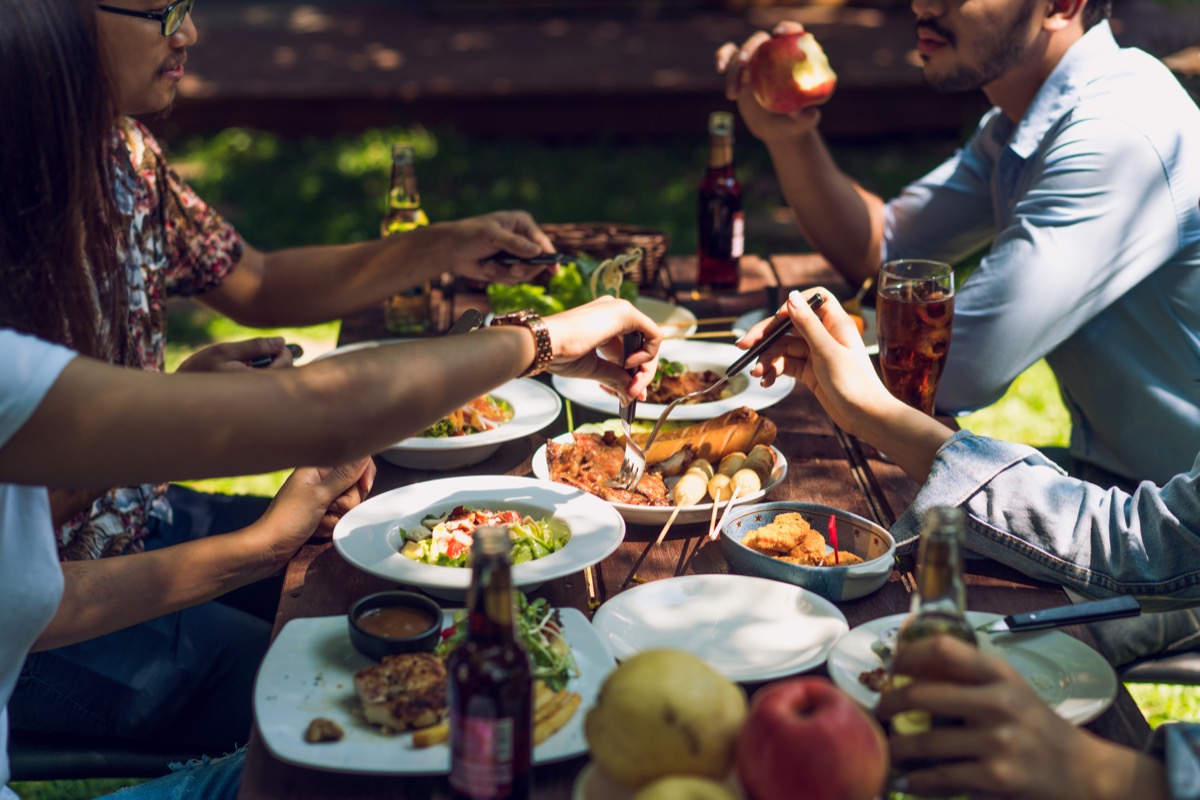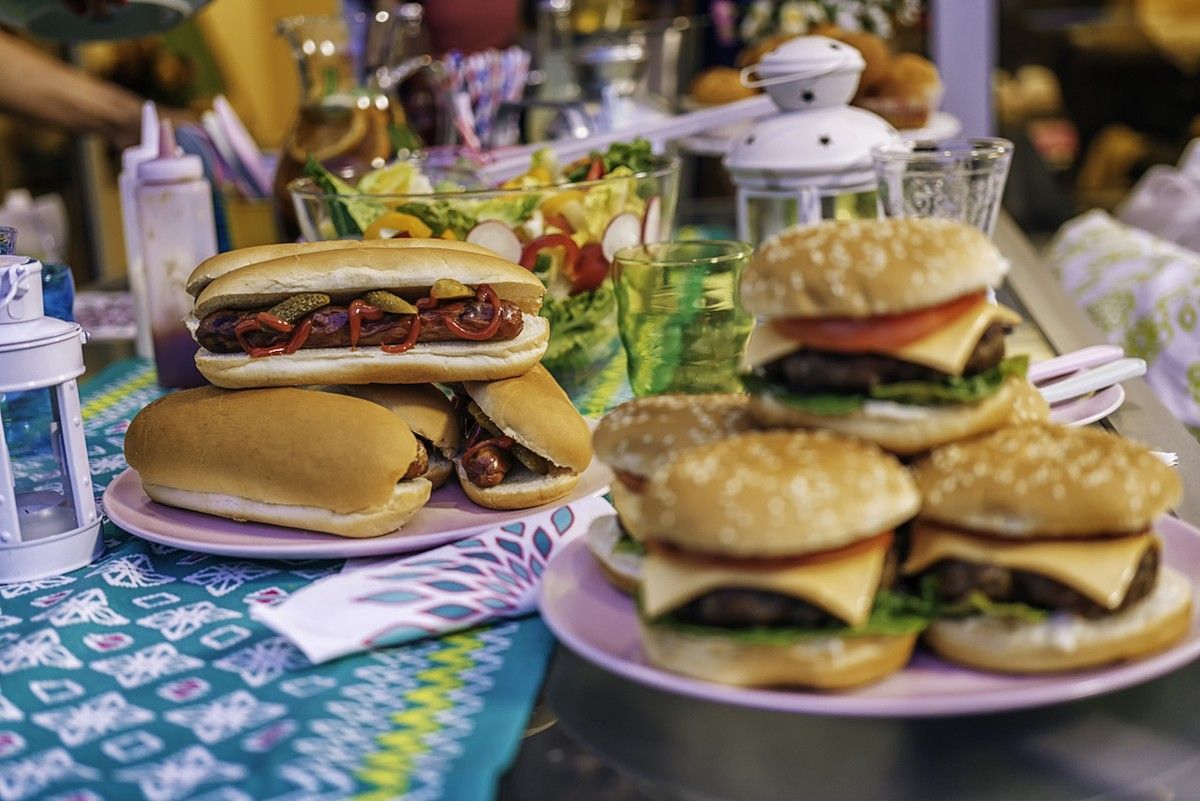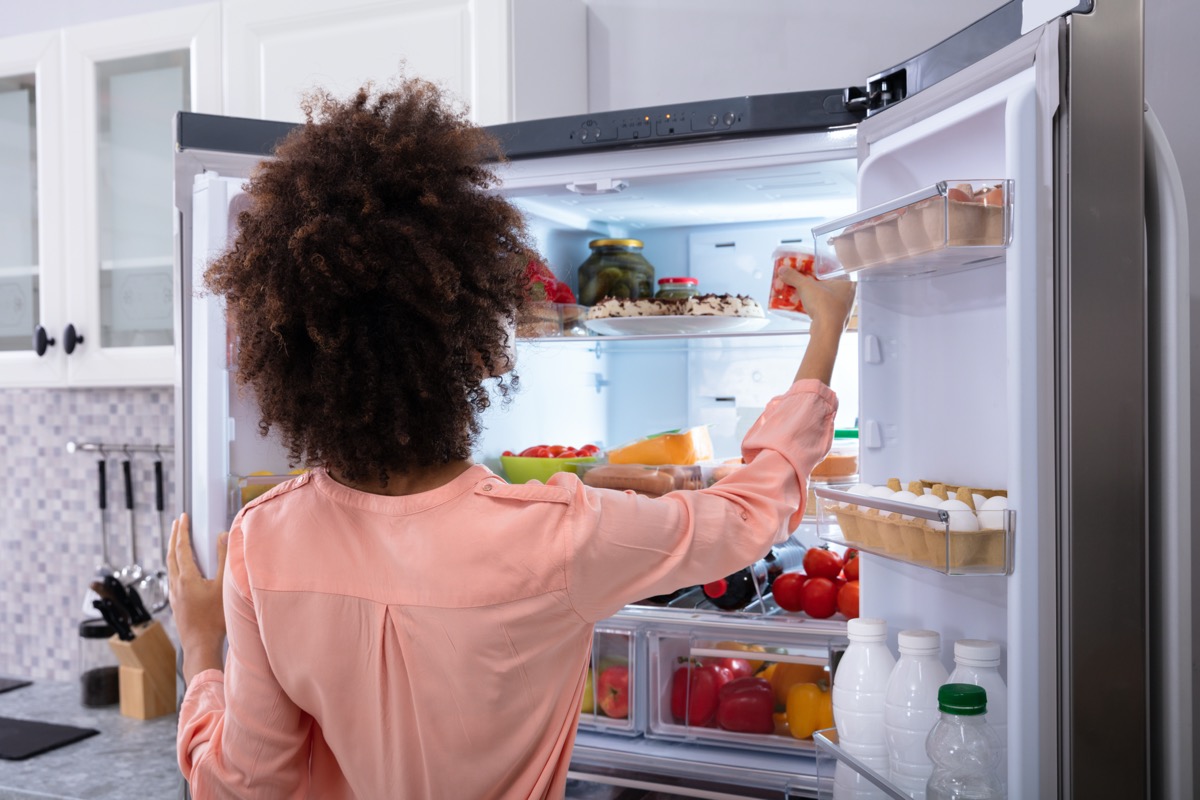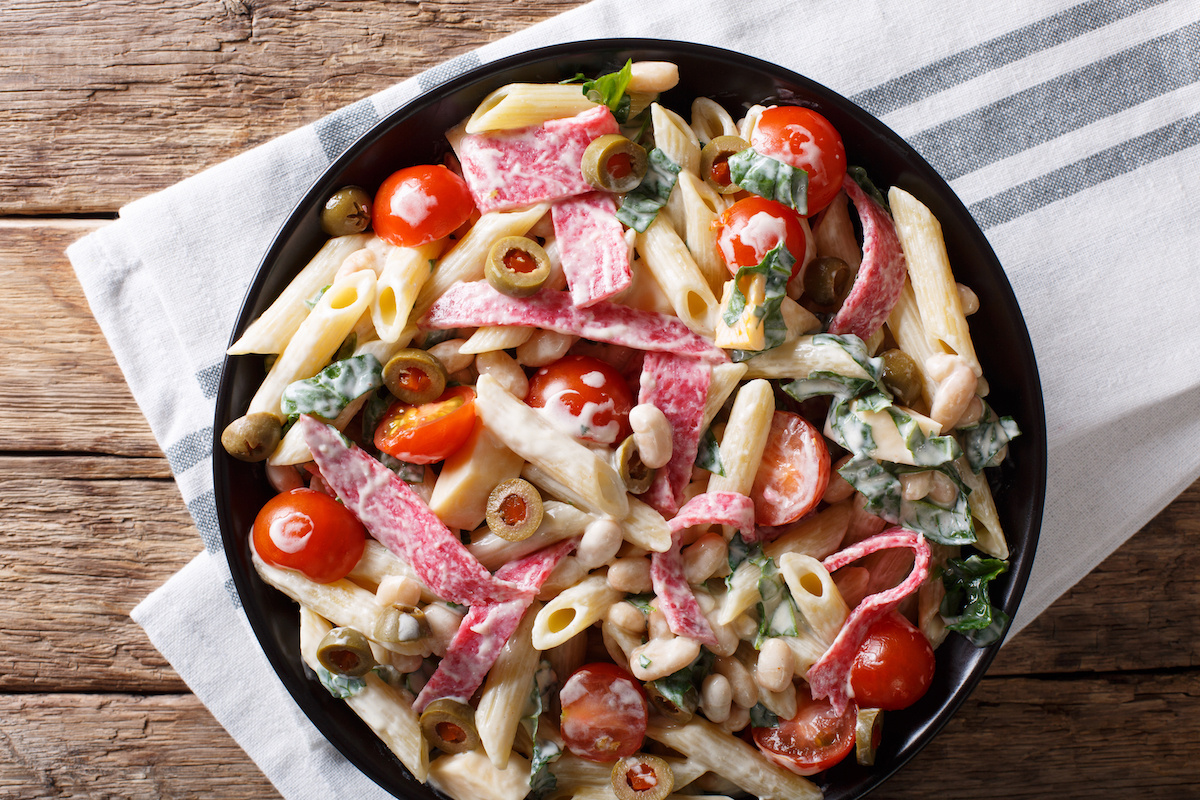One of the staples of Memorial Day weekend is a smorgasbord of hamburgers, hot dogs, pasta salads, fruits, and veggies and dips. But the new USDA warning notes that if the temperature has risen above a certain level at your barbecue, there’s an expiration time on how long it’s safe to eat those foods—and it’s much earlier than you think. “When the temperature outside rises above 90 degrees Fahrenheit, perishable food such as meat and poultry, dips and cold salads, or cut fruits and vegetables are only safe to sit out on the table for one hour,” the USDA warns. “After one hour, harmful bacteria, which can cause foodborne illness, may start to grow.” So, you may want to think twice before grabbing that second hot dog if you’re not so sure when it came off the grill. RELATED: This Beloved Summer Food Is Disappearing From Stores and Restaurants. According to a Sept. 2020 USDA survey on food safety, 66 percent of people said they do not keep their cooked food—like grilled chicken, hamburgers, corn, and hot dogs—warm after they take it off the grill. And that means bacteria that causes foodborne illness could be brewing. The USDA says you need to keep hot perishable foods “warm (above 140 degrees Fahrenheit) until they’re eaten or refrigerate leftovers within one hour.“ae0fcc31ae342fd3a1346ebb1f342fcb The same survey found that nearly 85 percent of people also don’t keep cold food on ice when they serve it. According to the USDA, you should “keep cold foods at an internal temperature of 40 degrees Fahrenheit or below by keeping food on ice or refrigerated until ready to serve.” If you save any leftovers from your Memorial Day barbecue, you should also know that those have an expiration date, the USDA warns. According to the agency, “if ground beef is refrigerated promptly after cooking (within 2 hours; 1 hour if the temperature is above 90 degrees Fahrenheit), it can be safely refrigerated for about 3 or 4 days.” And the same rule applies to chicken. According to the agency, “refrigeration slows but does not stop bacterial growth. USDA recommends using cooked leftovers within three to four days.” The USDA explains that there are two different families of bacteria: spoilage bacteria (which cause food to “deteriorate and develop unpleasant odors, tastes, and textures”) and pathogenic bacteria (which cause foodborne illness). While your nose will tell you not to consume anything in the former category, those in the latter “do not generally affect the taste, smell, or appearance of a food,” which makes it harder to know your food has gone bad. RELATED: For more up-to-date information, sign up for our daily newsletter. Cooked meats aren’t the only barbecue leftovers you have to worry about. It’s also possible to get food poisoning from a cooked pasta salad that’s been stored in the fridge for days, as Anukriti Mathur, a biotechnology researcher at Australian National University, told Science Alert. A 2005 case study published in the Journal of Clinical Microbiology found that five children in one family got sick from eating four-day-old pasta salad. It was prepared on a Friday, taken to a picnic on Saturday, and then stored in the fridge until the kids ate it for dinner Monday evening. Sadly, one of the children—the youngest—died as a result. The issue at hand is the bacteria called Bacillus cereus, which can grow on starches. “It is important to note that B. cereus can cause severe and deadly conditions, such as sepsis, in immunocompromised people, infants, the elderly, and pregnant women,” Mathur told Science Alert. “[Most] affected individuals get better over time without any treatment. These individuals do not go see a doctor to receive a diagnosis,” which is why they are under reported. RELATED: This Food Is Linked to the Most Illness Outbreaks in the U.S., Data Shows.



